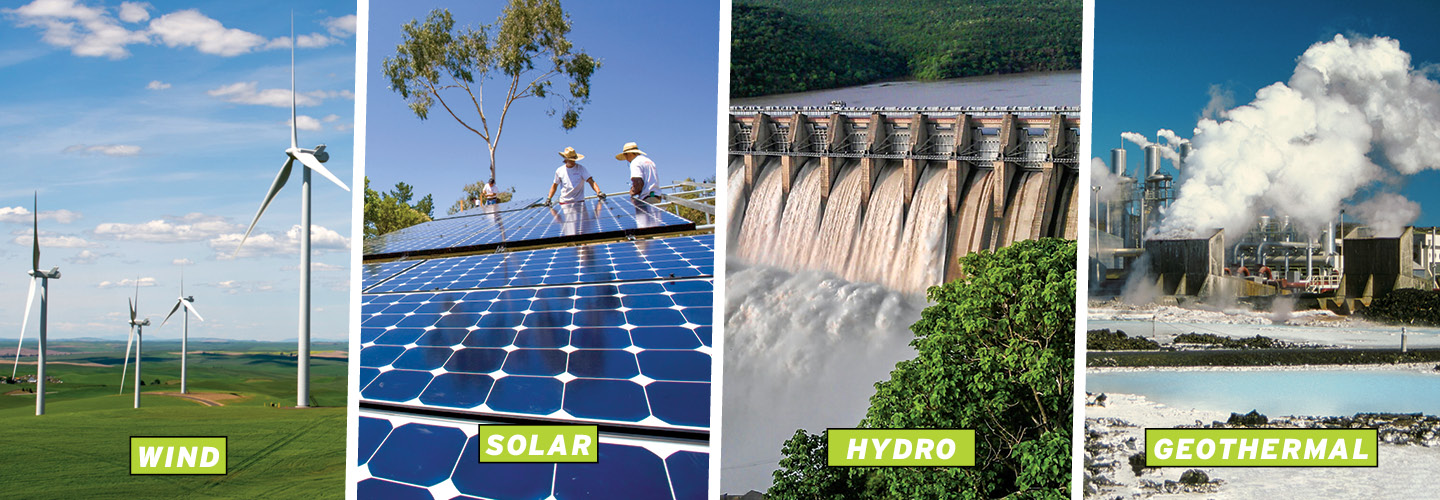The Isham family lives in a pretty conventional three-bedroom house with a two-car garage in Cornwall, Vermont. It has a dishwasher, a washer and dryer, high-speed internet, and air conditioning in the summer. What’s different is that all those conveniences are powered by 24 solar panels that top a small carport in front of their house.
“We’d been thinking for a while about how to make our house more efficient,” says Tracy Himmel Isham, who explains that their now-17-year-old child, Lily, had been nagging them for years to go green. “So finally, we just decided to go all-in.”
The family’s home is still connected to the conventional power grid. On sunny days, the 24-by-15-foot solar array provides all the house’s electricity and plenty more that’s sent back to the power company for others to use. At night, when the Ishams flip on the lights, their power comes from the grid, but it’s mostly free because of all the excess electricity they’re credited for during the day.
The Isham family lives in a pretty traditional house in Cornwall, Vermont. There are three bedrooms and a two-car garage. It has a dishwasher, a washer and dryer, high-speed internet, and air conditioning in the summer. What’s different is that all those things are powered by 24 solar panels that top a small carport in front of the house.
“We’d been thinking for a while about how to make our house more efficient,” says Tracy Himmel Isham, who explains that their now-17-year-old child, Lily, had been nagging them for years to go green. “So finally, we just decided to go all-in.”
The family’s home is still connected to the normal power grid. On sunny days, the 24-by-15-foot solar cluster provides all the house’s electricity. It also sends some electricity back to the power company for others to use. At night, when the Ishams flip on the lights, their power comes from the grid. Still, it’s mostly free because of all the excess electricity they’re credited for during the day.

